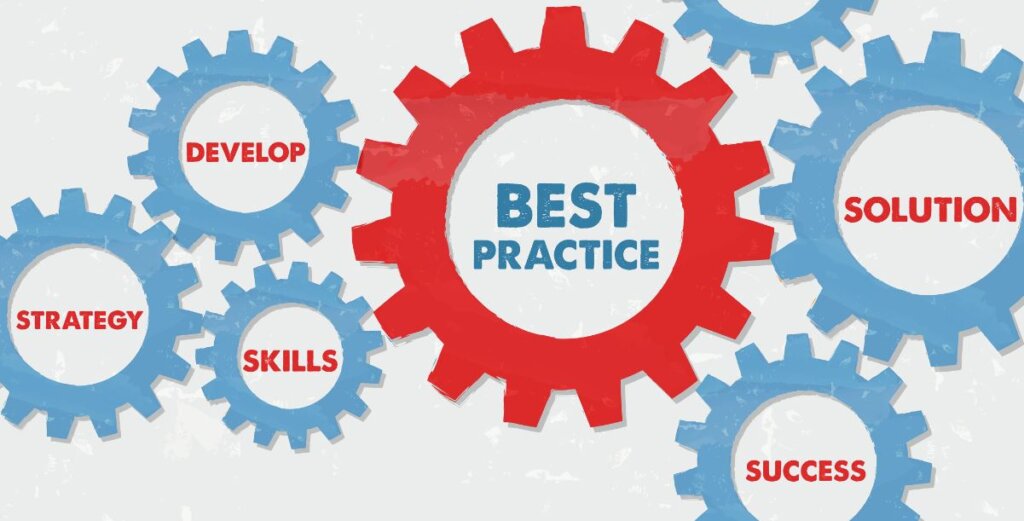A quote that we frequently hear from attorneys and other professional service providers is “Nobody ever told me I’d have to sell.” It’s as common to hear this today as it was 10 years ago. Unfortunately, our educational system does not teach professionals how to build a practice. There are virtually no classes that teach the specific techniques to develop a book of business and in today’s continuing education classes, very little time is devoted to business development. Many of the professionals that we work with are not even aware that they will need to develop new business until several years into their career! The traditional rainmaker model is quickly becoming obsolete and regardless of how busy you are or what your expectations were when you entered your field, the new normal is that attorneys must build, grow and maintain a quality book of business.
Here are four important focal points of practice development that we emphasize in our acceleration program for professional service providers.
No. 1 – Overcome the Stigma of Selling
Embrace the reality that practice development is the new normal and everyone in the firm needs to be allocating time to bringing in new clients. You must make a commitment to the new normal and take on the risk of new and different activities. Some professionals are so deeply rooted in their established comfort zones that it is almost impossible for them to change. Understanding that practice development is simply a role that the attorney performs and that it should never effect your core identity helps to overcome the stigma attached to business development activities.
No. 2 – Develop a Systematic Plan for Practice Development
Our experience is that when it comes to practice development, 70 percent of professionals are winging it and reacting to what comes their way. A more systematic approach begins with defining the goals that you have and the characteristics of the clients you want to attract. Once you have set your goals, we create a plan that will force you to participate in the behaviors necessary to achieve success. Commit to a certain amount of behavior or time daily, weekly, monthly for these activities and calculate the return on investment.
No. 3 – Become a World Class Communicator
Our clients are successful in their meetings when they focus their attention on making the prospect feel comfortable. When you are in your role as a business developer, it is your responsibility to keep the prospective client comfortable with you and to make the meeting about them not you. A few of the strategies that we employ to build this comfort are active listening and understanding personality styles. In an ideal world the prospect should speak for 70 percent of the meeting and you should speak for 30 percent. How would you rate your current ratio of listening to speaking in your client meetings? You should also raise your awareness to understand the personality styles of your prospect and clients. Every person gives physical and vocal cues beyond the words they speak. In a frequently cited study the elements of communication are broken down as 7 percent words, 38 percent tonality and 55 percent non-verbal. Pay attention to physical and vocal cues, if you sense incongruence or discomfort in your meetings you can ask for clarification and make necessary adjustments.
No. 4 – Follow Up & Fine-tune
The biggest mistake that can be made after a meeting, networking event or a conference is to return to your regular daily activities and not follow up with your new contacts immediately after the event. You should plan to complete your follow- up activities no later than one week following an event or meeting. If you do not follow up within one week of the event, the potency of the contact will be lost. Your practice development activities should be reviewed and fine-tuned quarterly to assure you’re getting the proper results and achieving your goals.
Several of our professional service clients have overcome their barriers to new business development, become more focused and successfully grown their practices 50-100 percent. Michael Neklason









